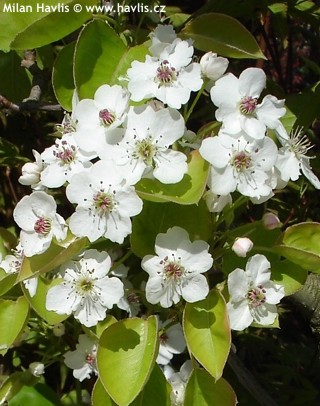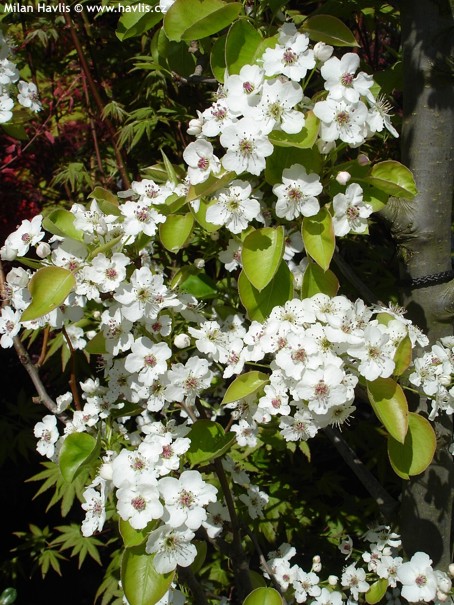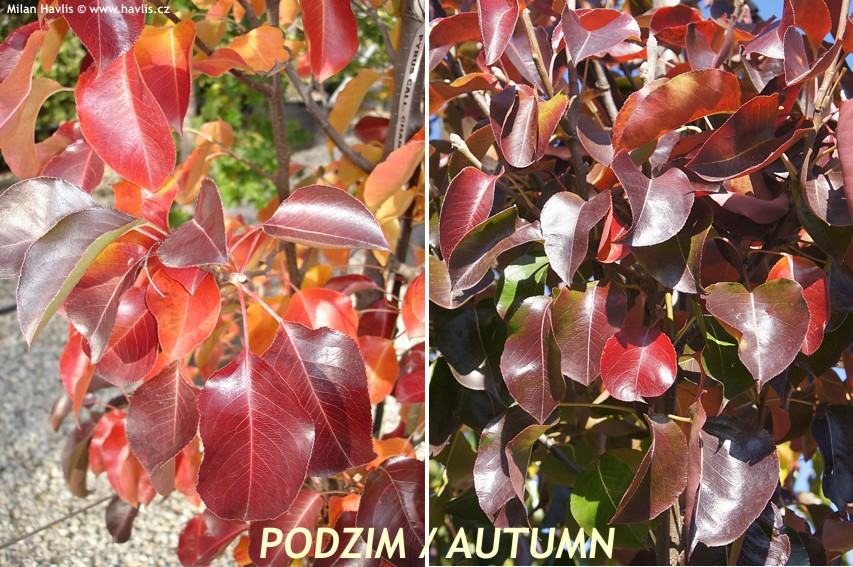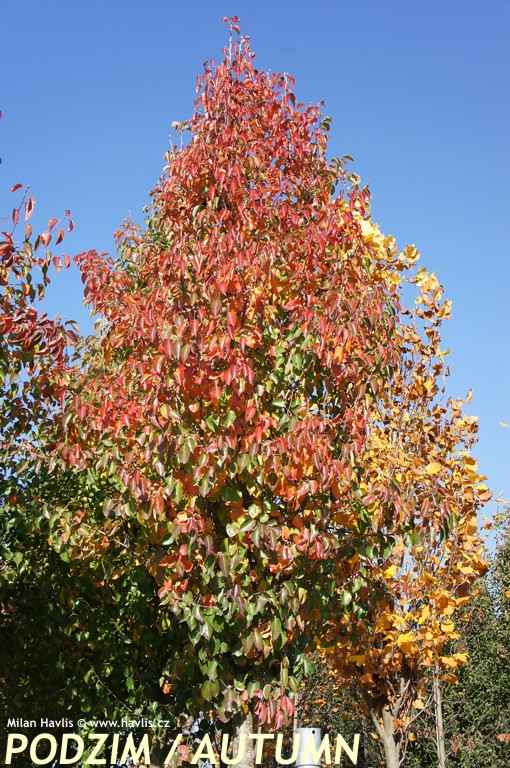Pyrus calleryana 'CHANTICLEER' Callery pear


Chanticleer is a famous variety of narrowly conical habit. It grows medium fast into quite a tall tree. Its deciduous leaves are bright green and glossy, turning golden, orange and red in autumn. Some growers put this plant on the same quality level as Japanese flowering cherries while others, especially US landscape designers suggest that it is heavily overused. In European landscape it is not very common and definitely finds its place within parks as well as large private gardens.
Grow it in deep, moist but well-drained, fertile soil. Does not like drought. Pruning young trees is beneficial to prevent long branches from breaking in strong winds. Fully hardy to min. -29°C (USDA zone 5).
Last update 09-02-2011
Goods are shipped all over Europe. For Russia and U.K. and for further details please read about SHIPPING OPTIONS HERE.
Are you interested in a serious discount for orders NOV-FEB? Check your options here.
THE PRICES INCLUDE VAT of 15%. For quick conversion you can use 1 CZK = approx. 0.04 EUR
- STANDARD QUALITY - Plants of this group are 1st class quality with number of branches and overall density adequate to their size and age, considering they were container grown.
- DE LUXE QUALITY - This label guarantees a luxurious quality of manually selected plants that, compared to their height and age, are exceptionally dense and beautiful.
- EXTRA - These plants are usually mature and bigger specimens with exceptional overall appearance.
- STANDARD (as described in the plant form) means a tree with a trunk of 190-210 cm and a crown at the top, unless specified differently. The commercial size for trees is their girth measured in the height of 1m from ground.
- HOBBY - These plants are of the same quality as our standard-quality plants but younger and therefore cheaper.
- SHRUB - a woody plant with branches growing bushy from the ground level.
- HALF-STANDARD or MINI-STANDARD - a small tree with shorter trunk, its size is usually specified.
- FEATHERED - These are trees with branches growing already from the base of the trunk and up along the stem.
- GRASSES and PERENNIALS - Sizes given usually read the diameter of the pot or the clump, as specified.
















